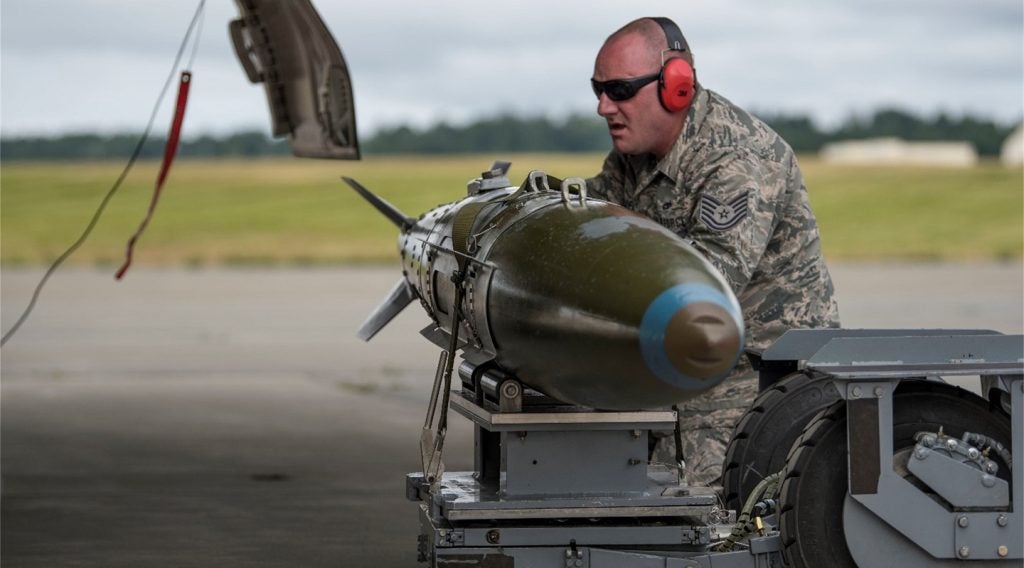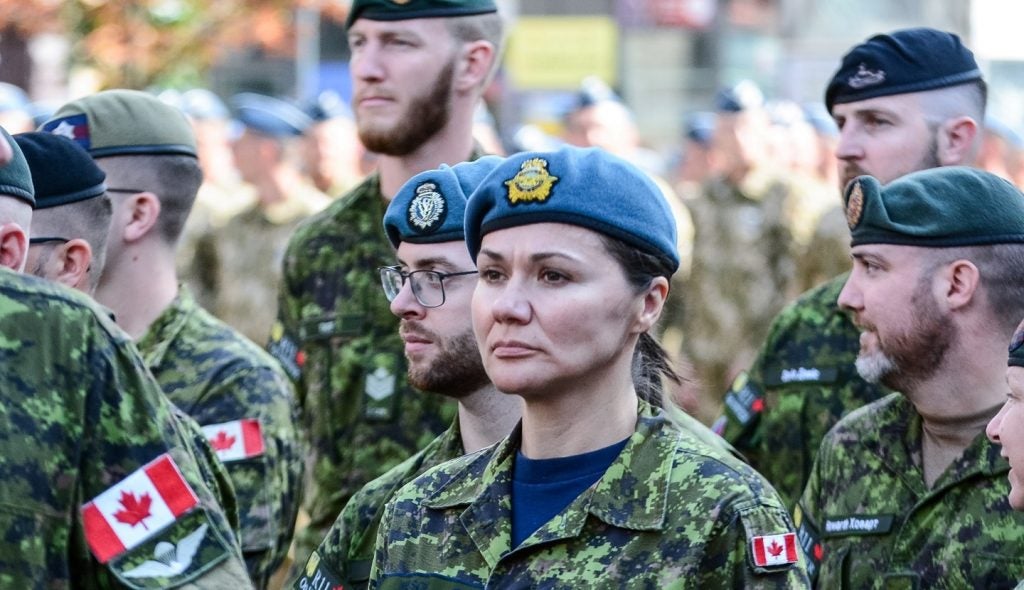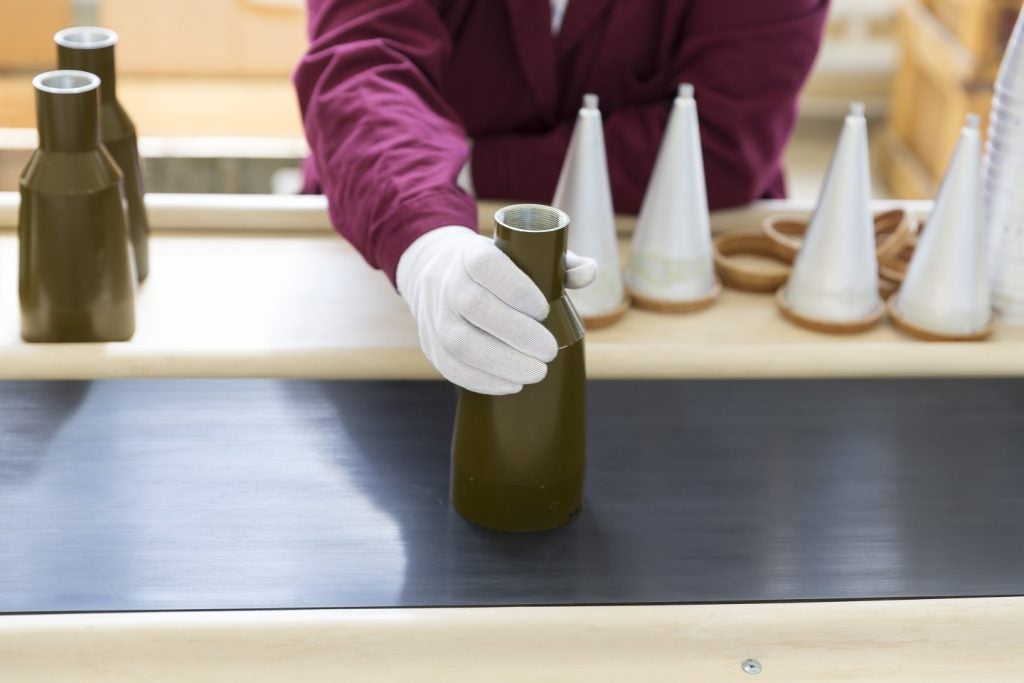US Scientists have unveiled advancements in science and technology that will support new experimental technologies for military use at the annual meeting and exposition of the Association of the United States Army.
Chief scientist and deputy assistant secretary of the Army for Research and Technology, Dr Thomas Killion said that new developments were making the US army increasingly high-tech.
Two of the most exciting new scientific developments are, according to Killion, the investment in nano-technology and biotechnology.
“Nano-technology is exciting in terms of designing new materials from the ground up, atom by atom, to provide new properties in terms of protection, sensing and monitoring the condition of a soldier,” he said.
For Killion, biotechnology is interesting “in terms of mimicking biology to come up with new ideas for protection, sensing, communications, for doing things in ways that billions of years of evolution have helped living things to do things, and exploiting that knowledge to design man-made systems”.
On display at the exposition were two of the most innovative new applications of these technologies, exoskeletons and nanoflyers.
How well do you really know your competitors?
Access the most comprehensive Company Profiles on the market, powered by GlobalData. Save hours of research. Gain competitive edge.

Thank you!
Your download email will arrive shortly
Not ready to buy yet? Download a free sample
We are confident about the unique quality of our Company Profiles. However, we want you to make the most beneficial decision for your business, so we offer a free sample that you can download by submitting the below form
By GlobalDataThe exoskeleton is a robotic device the soldier wears like a full body suit. The suit enhances soldier performance, increasing strength without losing agility, and potentially developing into an entirely covered system.
Nanoflyers resemble tiny lightweight helicopters that will serve as urban-interior surveillance technologies, and can either hover inside buildings or be placed inconspicuously on a shelf for stationary monitoring.
Other groundbreaking technologies being invested in include avatars, computer-generated simulations that will react to and interact with soldiers intelligently, as well as sensors that monitor brain functions, which could lead to enhanced prosthesis control.
By Daniel Garrun.







